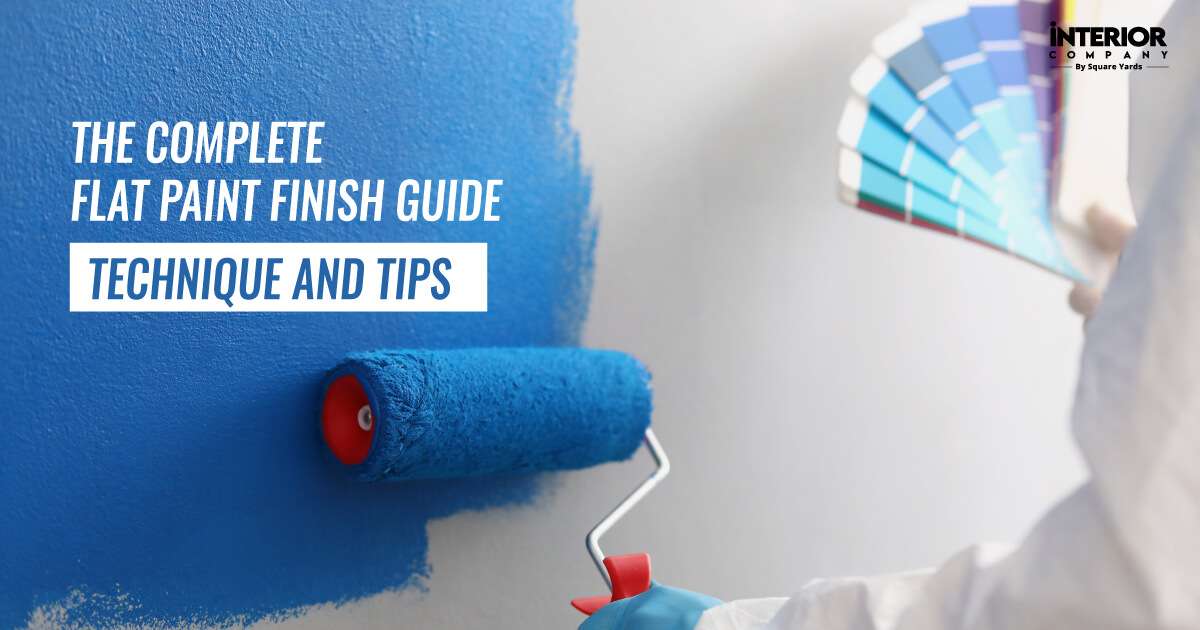What is Flat Paint?

There is a spectrum of paint types, from flat to glossy or sheen to non-lustrous, which refers to how much light reflects off a paint’s surface. The most common finishes are flat, flat enamel, satin, eggshell, semi-gloss, and gloss.
Flat paint has more pigment and lowest sheen than any other finish, which is why it’s also known as matte finish paint or concealer paint. Its non-reflective property makes it fantastic for smoothing out imperfect walls.
A matte finish paint will camouflage those little imperfections, bringing a rich coverage, which makes it a popular choice for interior walls. Moreover, these flat paints are easier to apply than other finishes and are budget-friendly, a good choice for DIY projects.
Where to Use Flat Paint?
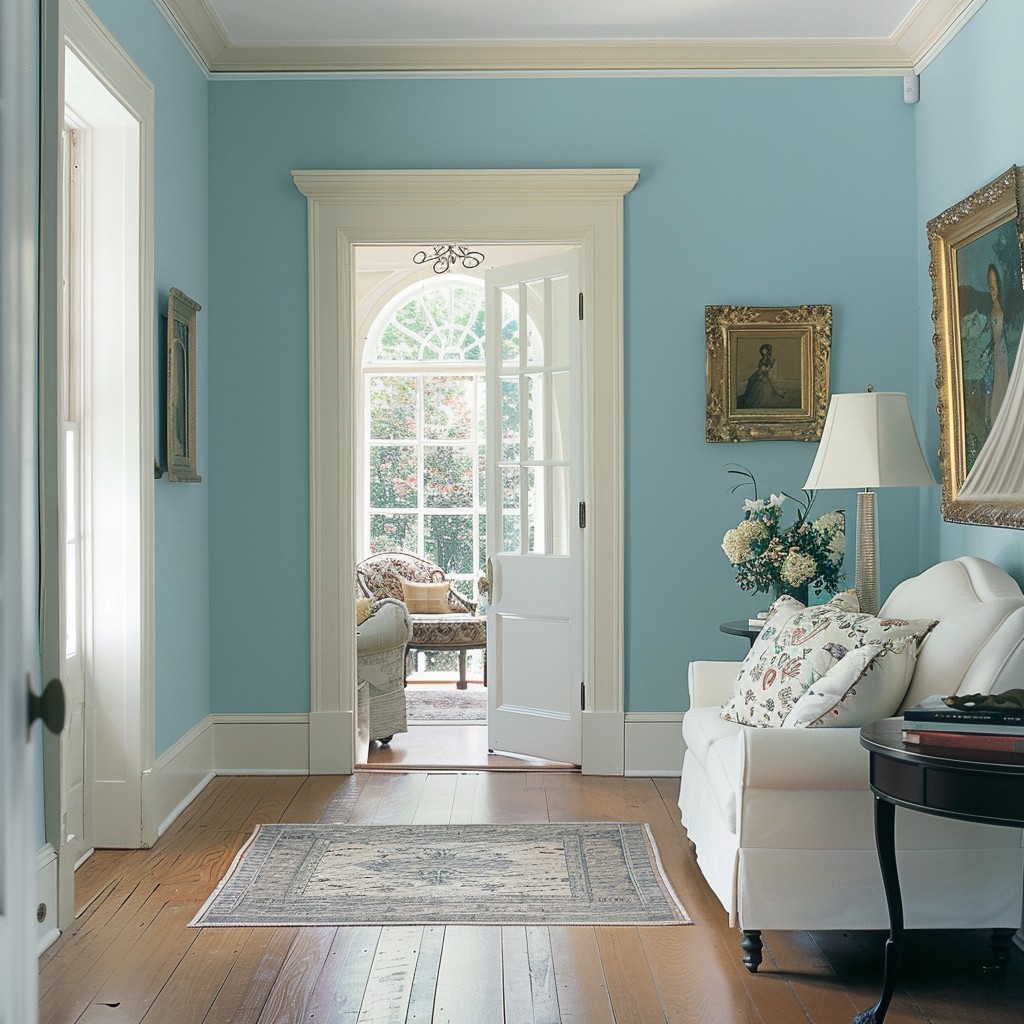
If you are’re considering redoing an interior wall marred by imperfections such as bumps, scratches, and holes, opt for matte finish paint. Its high pigment content and lack of sheen help it to effectively mask flaws, rendering it perfect for older properties or those with surfaces that aren’t perfectly smooth. Additionally, matte paint excels in light absorption, thereby minimising glare in well-lit spaces.
However, flat paint is more susceptible to damage, staining, and cleaning. Compared to higher sheens which are more durable and easier to clean, flat paint doesn’t wipe off with just a light scrubbing due to its lack of a protective glossy layer.
Ceilings

Flat paint is the go-to choice for ceilings due to its light-absorbing qualities. Ceilings are often heavily textured or have imperfections, and your best bet is to paint them with the non-reflective nature of flat paint or flat enamel.
It ensures that the textures or scratches are less visible, giving a clean and uninterrupted appearance to a room. Additionally, the ceilings accumulate less dirt, so high durability and cleanability aren’t as much of a concern as for walls.
Low-Traffic Areas

Flat paints can be a good choice for walls in low-traffic areas, including formal living, guest rooms and dining rooms where the risk of scuffs, marks, and dirt is minimal.
Accent Walls
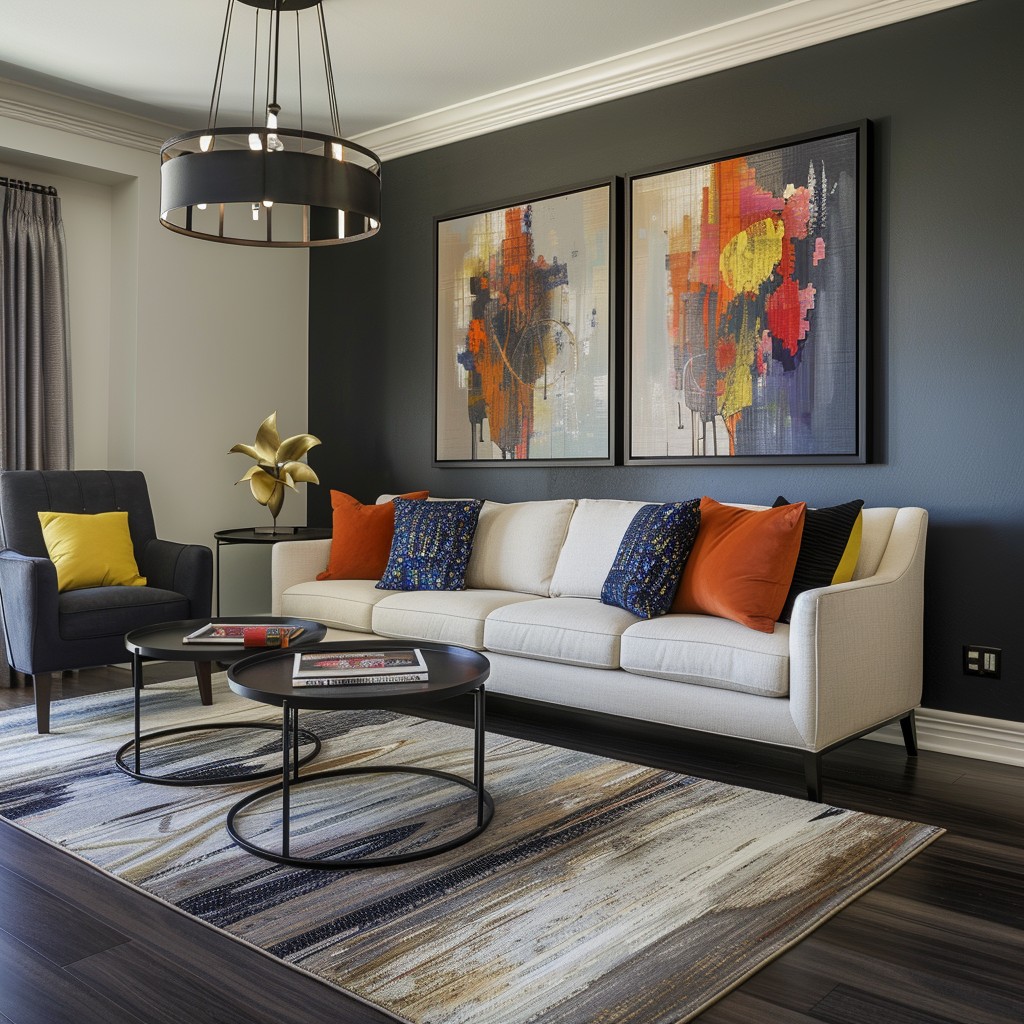
Designers often prefer flat paint design for accent walls to create a dramatic and focal point in the living space. The matte finish strikes a harmonious contrast with other finishes, providing a pleasing backdrop that makes artwork, furniture, and decorative elements stand out. The depth of colour delivered with flat paint is unparalleled, making it a preferred choice for accentuating design elements.
Furniture
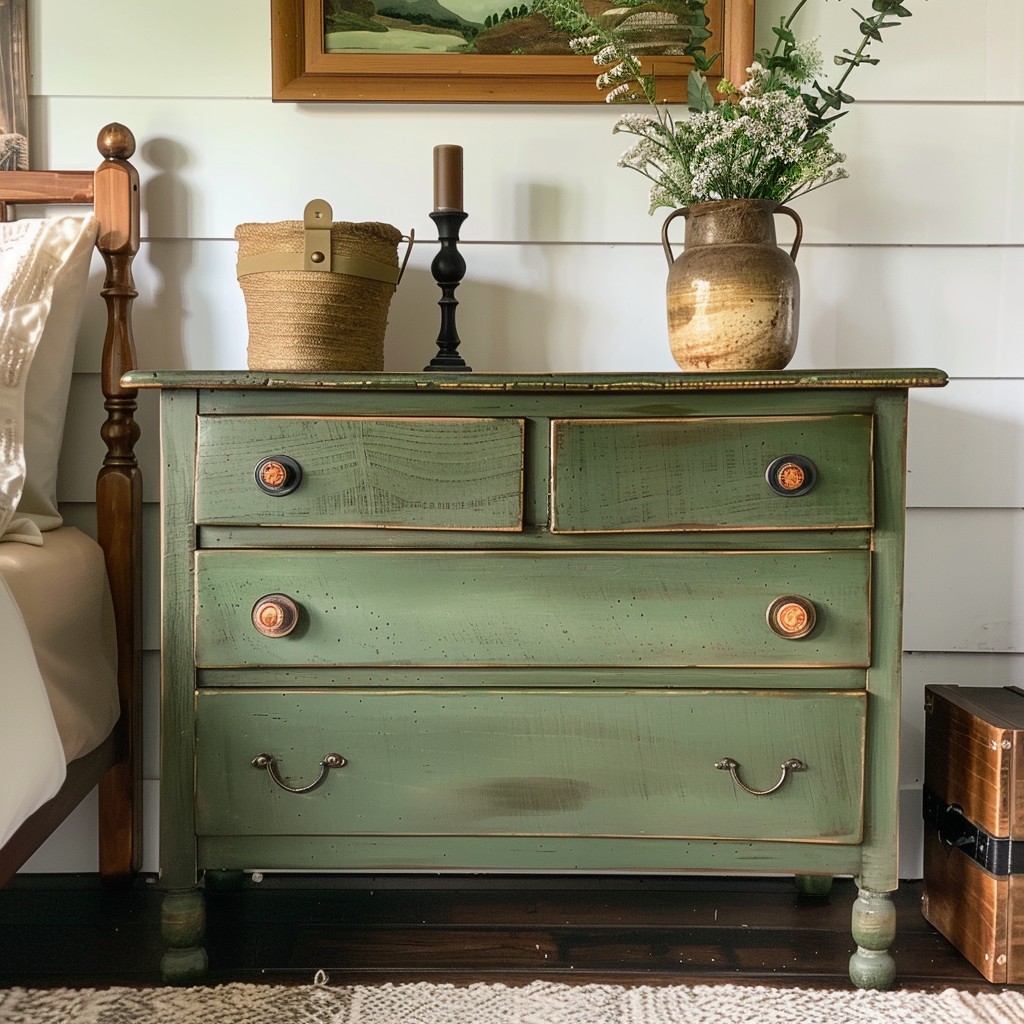
If you want to create a rustic, farmhouse, or cottage look in the home, flat paint design is a perfect choice for painting furniture. Modern designs evoke gloss and shine, but the rustic style is all about embracing beautiful matte finishes.
Where Should I Not Be Using Flat Paint?
Flat paints aren’t your best choice for kitchens, bathrooms or kids’ bedrooms. Kitchen, being a high-traffic area with all of the cooking splatters that happen, satin or semi-gloss paints are better suited. Similarly, kids are more likely to touch bedroom walls or create art, leaving fingerprints and marks to clean behind them. So, a good eggshell or satin finish is preferred to a flat paint design that can easily be cleaned up. Flat paint is not resistant to moisture, mould, or mildew, so it’s not the right choice for a bathroom wall.
Flat Paint Touch-Ups
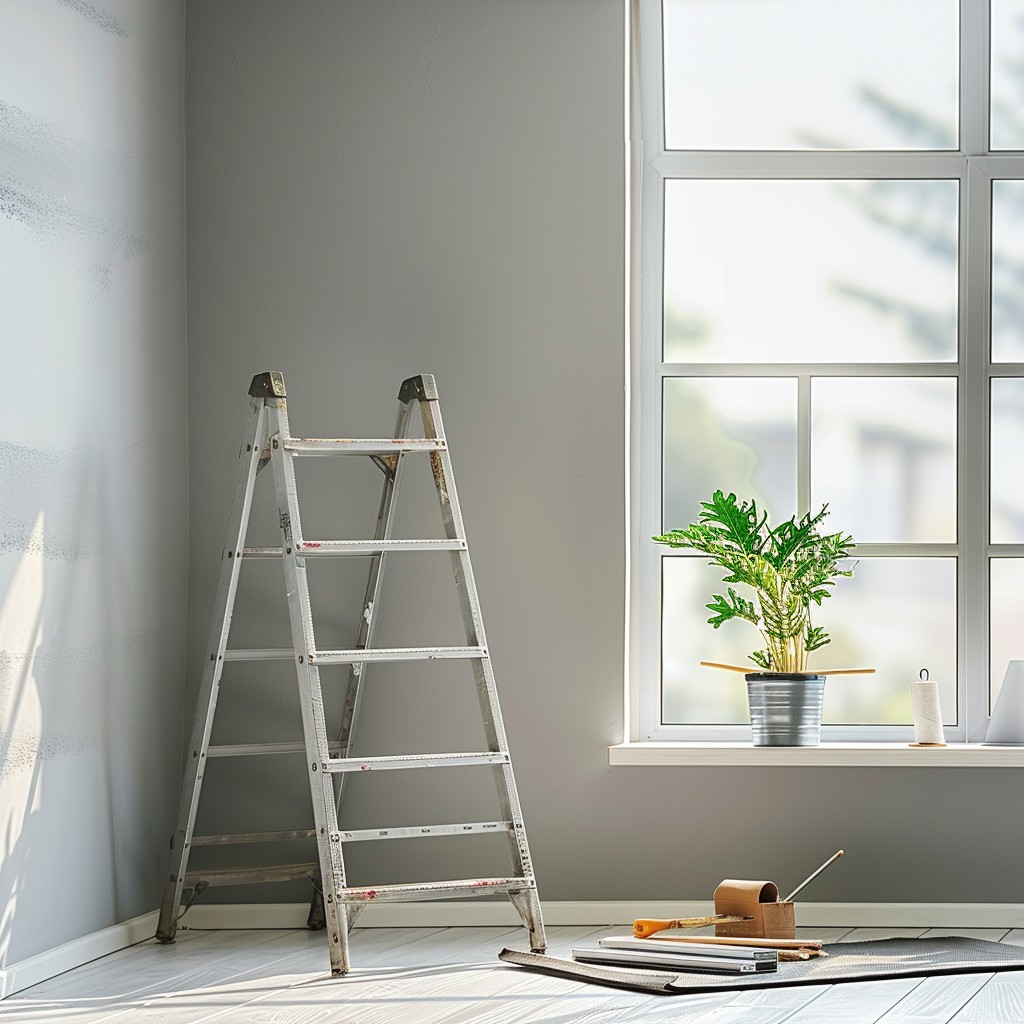
Flat paint is hands down the best choice when it comes to touching up your interior walls. Unlike its higher sheen counterparts, flat paint boasts ease of application for minor repairs or repainting sections, making it an ideal choice for keeping your living spaces fresh and flawless.
Flat paint’s lack of lustre and light-absorbing nature is its greatest asset when addressing wear and tear. Its matte surface does not reflect light and showcases brush or roller marks. This makes painting the smaller section a breeze, eliminating the need to repaint the entire wall and making matte paint an economical choice for home maintenance.
Tips and Tricks For Using Flat Paint
There are plenty of helpful home painting tips to enhance the aesthetic appeal. Some are mentioned below:-
- While flat paints lean towards more on the economical side. Choose a high-quality and slightly more expensive flat paint with added durability for easier cleaning and a longer-lasting finish.
- Don’t just grab the first can of paint you see. Do proper research, read plenty of reviews and pay attention to descriptions regarding the drying time, application process, durability, light reflection, and colour consistency.
- Keep some extra paint on hand. Flat paint is a fantastic concealer, so you may never know when your walls will need a quick touch-up.
- Opt for a lighter shade as the flat paints tend to absorb light, resulting in a darker shade on the walls than initially anticipated. Try going one shade lighter on the colour card by 20% to 25% for the desired effect.
- Consider using flat paint in alliance with other finishes. For example, flat walls with semi-gloss trim can create a pleasing contrast that elevates the architectural details. Choose the best sheen for each space in your home.
Wrapping Up!
Flat paint has a lower sheen level and is less durable than other paint finishes. However, the latest advancements in paint technology have made matt paint more immune to daily wear and tear, making it one of the best paint finishes for living spaces. When used appropriately, flat paint can transform a space, bringing an ounce of elegance and depth that other finishes cannot replicate. So, understand the paint finish properties and limitations before selecting the type of desired paint that can enhance the overall design scheme.
For more expertise on colour choices and home makeover ideas, connect with our experts at Interior Company.
*Images used are for illustration purposes only. Interior Company does not hold any copyright to the images unless mentioned explicitly.*
